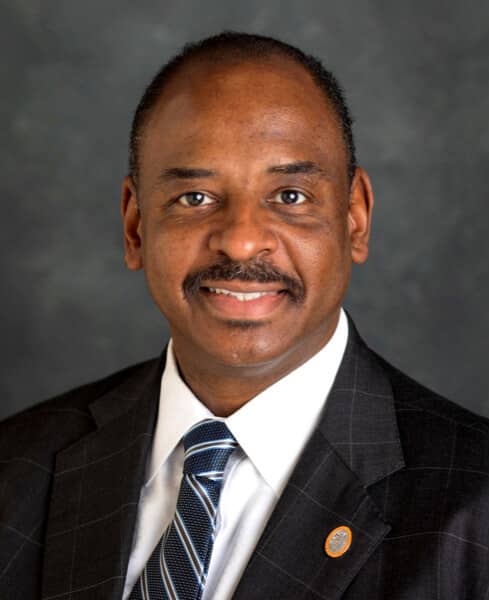If you’ve ever finished a high ropes course, you might already be familiar with what 2023 has felt like for HR pros. Twists and turns at every corner, trial, and error as we test uncharted waters, and a rush of excitement when our efforts take us closer to the end of the zipline.
2023 hasn’t been for the faint of heart. But it has also driven a new level of innovation, inspiration, and achievement for benefits pros across the country. That’s why we caught up with three HR leaders from various industries to learn more about what they’ve learned this year, and what their biggest priorities will be in the next six months. Here’s what they shared with us during Camp Engage.
Meet the Speakers

Brian Dickens
CHRO, University of Tennessee

Shelley Colón
SVP People + Culture Business Partners & Talent Acquisition, SiriusXM

Erich Kurschat
COO, Jellyvision
What does employee well-being really mean in this day and age?
HR leaders’ roles are changing, and so are employees’ needs and expectations when it comes to work. In recent years, “holistic health” has become a buzzword in the benefits space as employers look for ways to better support their employees as whole people: mind, body, and wallet.
And recent Jellyvision research found that 1 in 4 HR pros are prioritizing well-being his year. But that’s a broad term, especially when thinking about the relationship between employers and their employees. So how do real-life HR leaders define “well-being,” and how are they setting boundaries about what’s appropriate when it comes to caring for their workforces?

Colón added that it’s not just about making well-being a priority—it’s about personalizing the experience for each individual employee.

How do you ensure the benefits you offer are relevant and valued by employees?
Remember that new Jellyvision research we mentioned earlier? It also revealed that 64% of HR pros are focused on year-round benefits engagement in 2023. And that’s great, right? After all, benefits are much more than enrolling in the right plans. We want our workforce to actively use the resources we provide for them so that they stay happy, healthy, and connected to our organizations.
But that’s easier said than done. So how do our HR experts ensure that the benefits their companies provide are actually useful and appreciated by the employees they serve?

And according to Dickens, listening is the first step to building greater trust between employer and employee. Once feedback is received—positive or negative—it’s all about showing up, being present with employees, and communicating how the organization will evolve to better fit their needs.

How can we help employees navigate uncertain times?
The HR profession is unpredictable, but so is the world at large. From natural disasters to war to baby formula shortages, a tornado of recent events has significantly impacted employees’ mental health—and 17% of Jellyvision customers say they’re especially focused on this area in 2023.
So we asked our experts what initiatives they’re building to help employees navigate uncertain times. Here’s how Kurschat advises his clients:

That means both leading by example and encouraging other company leaders to be vulnerable with their own struggles. When employees see others sharing their challenges, they’ll be more likely to come forward with their own and trust that they have a safe space to share.
Is the talent economy over?
Layoffs and cost-cutting have dominated headlines since late last year. As employers look for ways to reduce budgets, it seems that talent has taken the first fall in many cases. Does that mean the competitive job market is finally over? Are employers valuing their relationships with employees less?

Phew. Our experts came with words of comfort: people should still be employers’ first priority, especially when they’re looking for ways to survive a challenging economy. And our customers agree: 54% said they’re prioritizing employee education and retention this year.
So how can we make sure our best talent stays with us?

While some employees come in with concrete goals and objectives for how to grow within your organization. But others may not know exactly what steps they should take to make it happen. So is it our employees’ job to explore their options and approach us with a plan, or is it our job as employers to guide them toward their possibilities?



